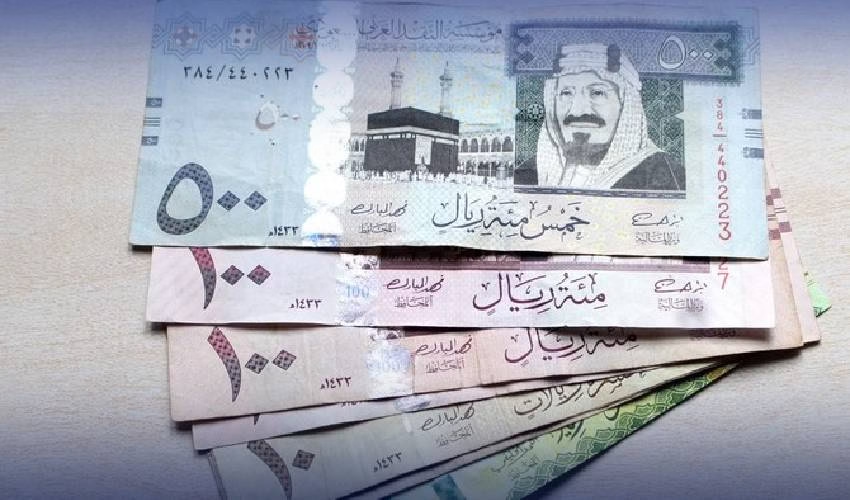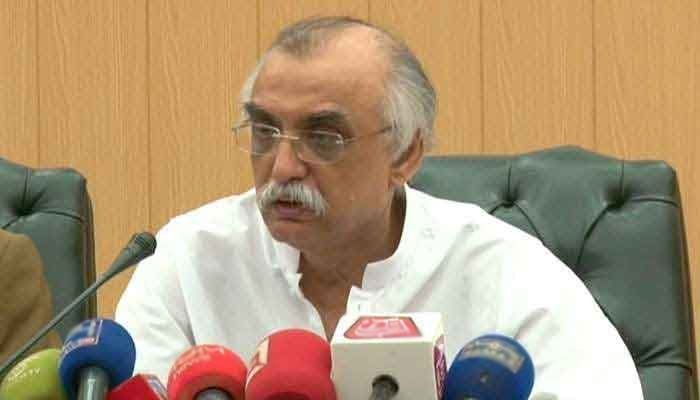The Saudi Riyal (SAR) eased to Rs74.98 against the Pakistani Rupee (PKR) in Tuesday’s open market, slipping slightly from Rs75.01 on October 4 and well below its July 28 peak of Rs76.03, according to currency dealers. The selling rate adjusted to Rs75.55.
This minor decline, shaped by market adjustments and consistent remittance inflows, underscores the Saudi Riyal’s vital role in Pakistan’s economy.
For millions of Pakistani households, the Riyal remains a financial lifeline, carrying the earnings of workers in Saudi Arabia’s construction, healthcare, and hospitality sectors back home. According to the State Bank of Pakistan, remittances from Saudi Arabia reached $913.3 million in May 2025, the largest single-country share. Between July 2024 and May 2025, total remittances climbed to $34.9 billion, marking a 28.8% year-over-year increase.
At the current rate of Rs74.98, 1,000 Saudi Riyals convert to Rs74,980, down slightly from Rs75,010 on October 4 — a subtle change that still affects household budgets for education, healthcare, and daily essentials.
The Riyal’s dip to Rs74.98 has mixed effects across Pakistan’s economy. For families, it slightly reduces remittance purchasing power amid rising living costs. However, businesses importing oil and petrochemicals from Saudi Arabia may benefit, as the Riyal’s dollar peg provides stability and helps lower import costs, easing pressure on the trade deficit.
Pakistan’s foreign exchange reserves, which exceeded $11 billion in October 2024, continue to gain support from Riyal-linked remittances, contributing to inflation control and debt management. Meanwhile, a weaker Rupee enhances export competitiveness, reinforcing Pakistan’s economic resilience.
SAR to PKR – Daily Insight
The Saudi Riyal (SAR), subdivided into 100 halala, is managed by the Saudi Central Bank and pegged to the US dollar, ensuring exchange rate stability. This reliability makes it a preferred currency for remittances and bilateral trade, especially for Pakistanis working in the Kingdom.
The Pakistani Rupee (PKR), introduced in 1948 and regulated by the State Bank of Pakistan, operates under a managed floating exchange rate. Its value responds to inflation trends, trade flows, and remittance volumes, with the Riyal-PKR exchange rate reflecting these underlying forces.
The Riyal’s latest movement to Rs74.98 illustrates ongoing market recalibration amid strong remittance and trade ties. Policymakers and traders must stay vigilant, as even minor shifts in SAR-PKR rates can influence household finances, import costs, and economic planning.
For millions of Pakistanis, the Riyal’s enduring stability remains a pillar of economic support, linking families across borders and fortifying Pakistan’s financial foundation.



